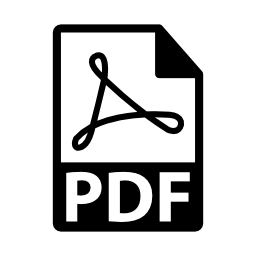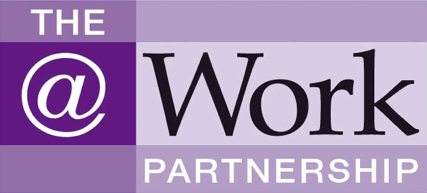August/September 2024 (vol. 21/2)
ContentsFeaturesNewsLegal
NewsResearch DigestResearch PlusCPD
 Dyslexia and work, Part 1:
Dyslexia and work, Part 1:
Part 1: understanding dyslexia
Summary:
In the first of a three-part series, Jan Mulligan explains current thinking on dyslexia and its relevance at work.
The human brain can decipher words even though they are not in the correct sequence, or may have letters missing (eg ‘red’ instead of ‘read’). To a person with dyslexia every sentence they see may appear to have the words out of sequence, characters within words may be jumbled up, and characters or even whole words may appear broken, blurred, or completely missing. If this occurs every time they read, imagine the anxiety, frustration, and additional mental strain this places on the reader.
The workplace can be challenging, with employers generally requiring good literacy and organisational skills, and placing demands on how tasks should be completed and by when. In the first of three articles, we consider what dyslexia is, why reasonable adjustments are important to reduce the barriers experienced, and what support is available…
Jan Mulligan is a chartered ergonomist and disability specialist. She runs Greenleafe Ergonomics, working throughout the UK to assess, prevent, manage and reduce task-related barriers and ill health, including accessibility concerns associated with computer use. She is a registered member of the Chartered Institute of Ergonomics and Human Factors.
Author: Mulligan J
Occupational Health at Work August/September 2024 (vol. 21/2) pp29-32



